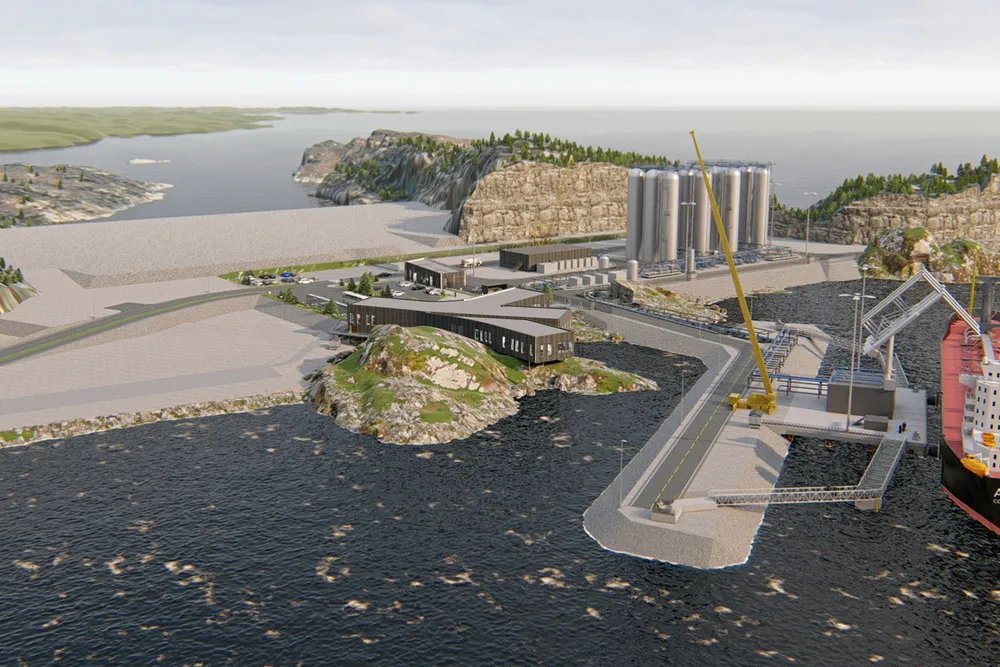Business case crucial for large-scale CCUS: WoodMac report
New study highlights urgency of large-scale carbon capture and storage, with a focus on overcoming the business challenges

New study highlights urgency of large-scale carbon capture and storage, with a focus on overcoming the business challenges
